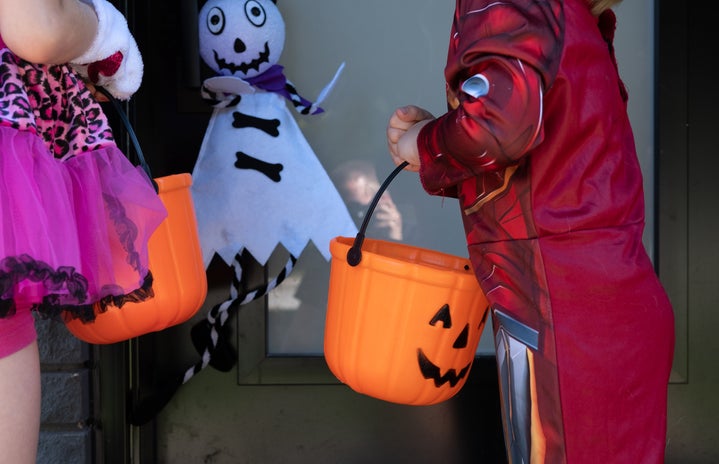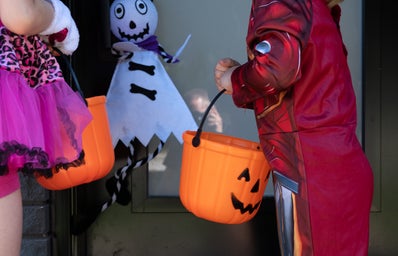Halloween is a holiday we all know and many of us love. It is celebrated every year on October 31st. People of all ages will dress up as their favorite characters, animals, historical figures, or even sometimes their friends. Kids will go out knocking on strangers’ doors saying “Trick or Treat,” hoping for candy and treats of all sorts. Houses and streets are lined and decorated with pumpkins, ghosts, skeletons, and so many more different types of decorations associated with Halloween. But how did we get to this point of this holiday? Where did it come from, and who first came up with the idea to commercialize it so much? Well, that is what we are here to discover and discuss according to History’s “Halloween 2022”.
Halloween’s origin can be dated back to around two thousand years ago in Ireland, Northern France, and the United Kingdom. Specifically, it was originally celebrated as “Samhain,” which was an ancient Celtic Festival. This festival was what signified the ending of summer, the season of harvesting, and the beginning of the coming months of snow, cold, and darker days, which was then associated with sickness and death within humans. Celtic people believed that this night was when the boundary put up between the living world and that of the dead had become more of a veil that was temporarily lifted. That night is when they believed that the spirits and ghosts of the deceased would return to roam around the Earth. They believed that the dead came to cause destruction and havoc within the world of the living. They would build sacred bonfires that were used to make animal and crop sacrifices for their deities. During these rituals, they would wear costumes, typically of animals, while trying to tell each other’s fortunes. These traditions were then passed down and altered among many cultures. First, the Romans as Feralia, then the Christians as All Saints Day, then back to the Celtics with more of a Christian twist and was changed to All Souls’ Day.
Halloween eventually made its way to America. Where it began to become closer to the Halloween we know and recognize today. These celebrations would typically include events to celebrate the ending of the harvest, where people would gather to share their stories of the deceased, tell fortunes, and celebrate with singing and dancing. These celebrations became more common and began to adopt more traditions. One tradition that was adopted was the act of children dressing up and going to houses asking for food or money, similar to today’s version of Trick-or-Treating.
Halloween began to form into more of our current version of Halloween in the late 1800s. At this time, the holiday grew away from the typically ritualistic storytelling and celebrations and became more of a community activity where people came together and began having Halloween parties, filled with fun images of sweet ghosts, witches, and monsters and much less of anything that was deemed as scary. This caused Halloween to become a more joy filled day and much less of a meaningful and cultural holiday. Then Halloween went through more and more fun-filled reform, reaching the candy and costume-filled holiday that we know and love today.
Credit: https://www.history.com/topics/halloween/history-of-halloween


